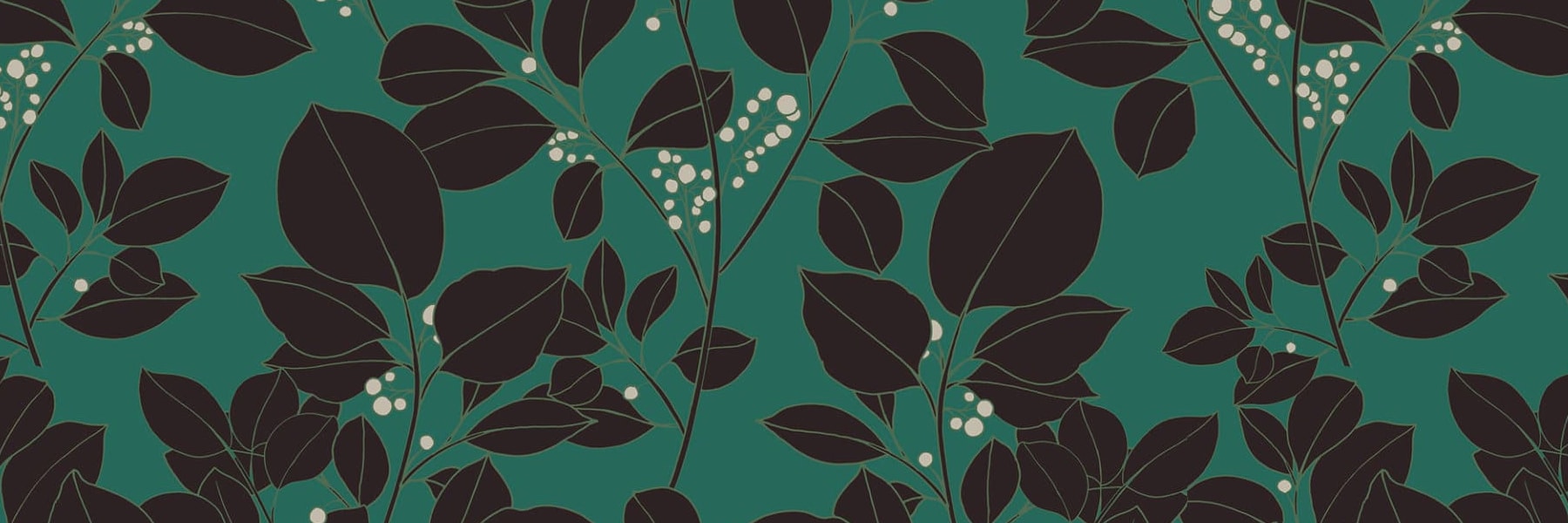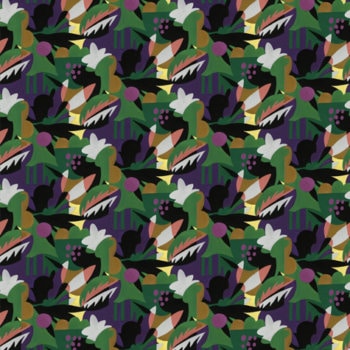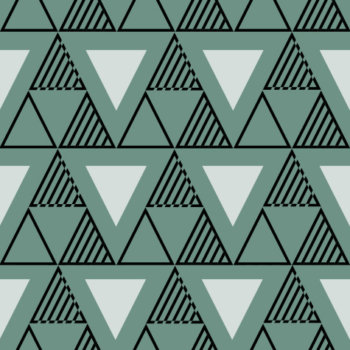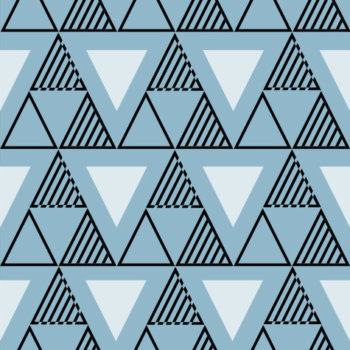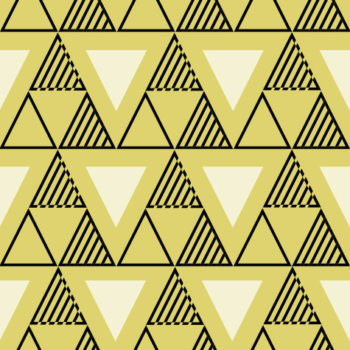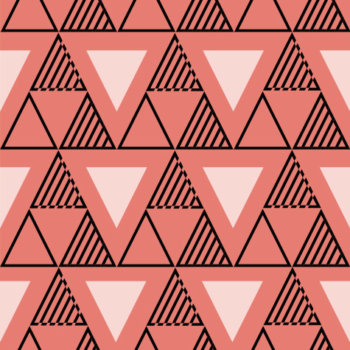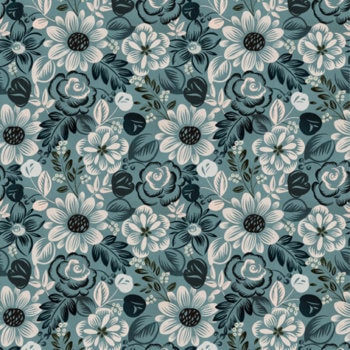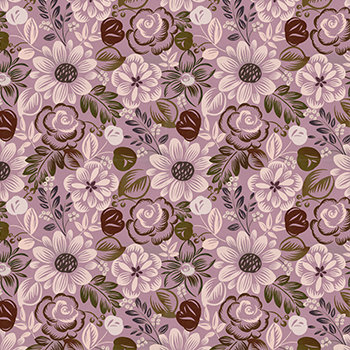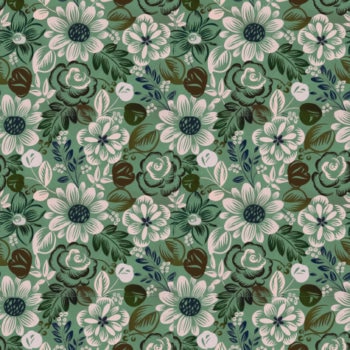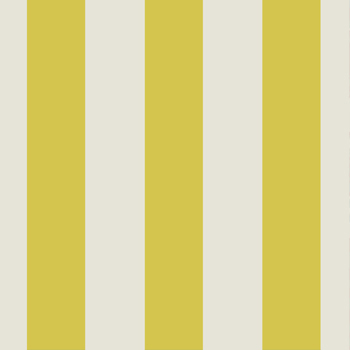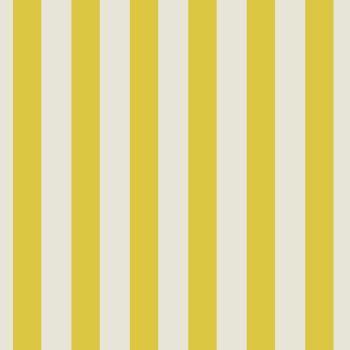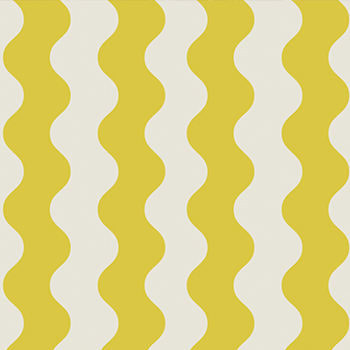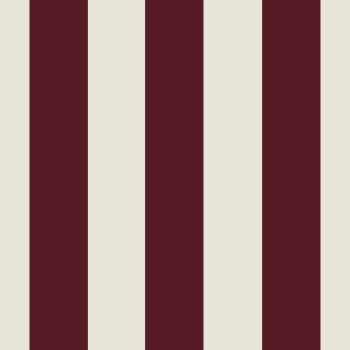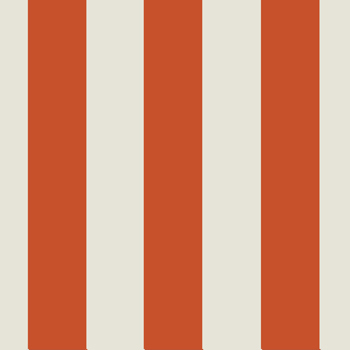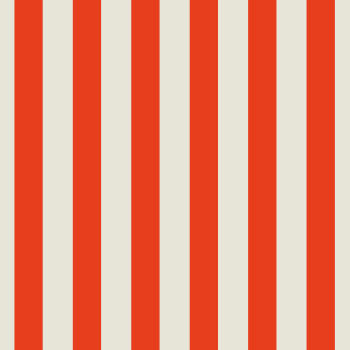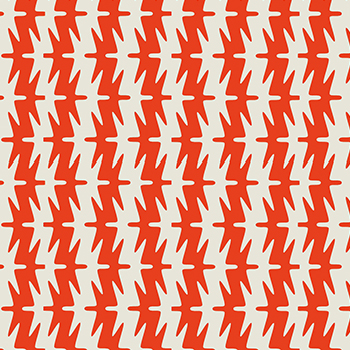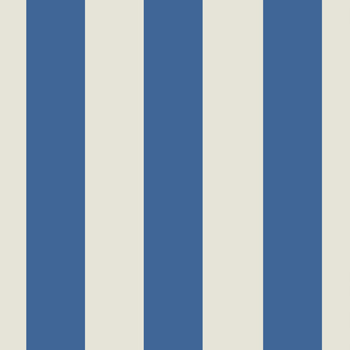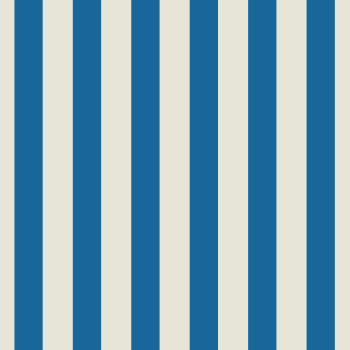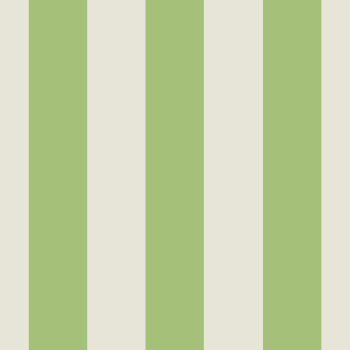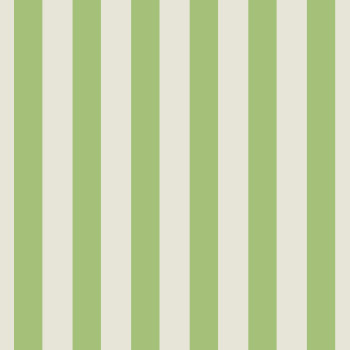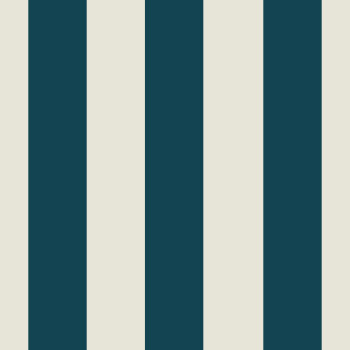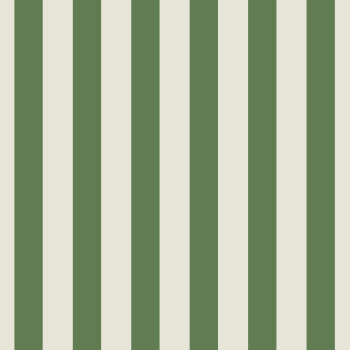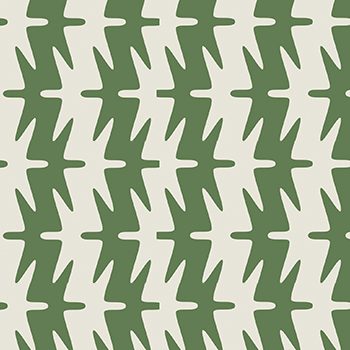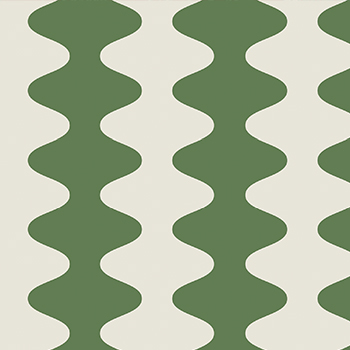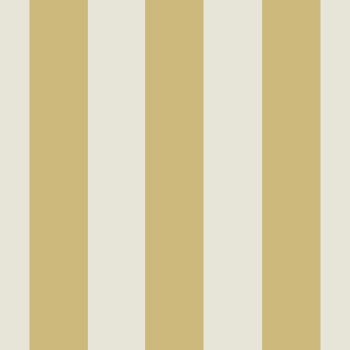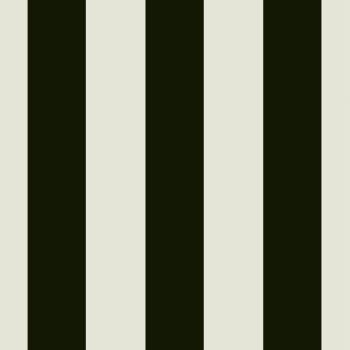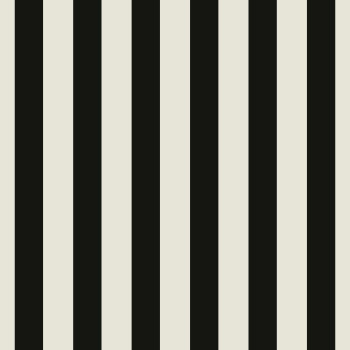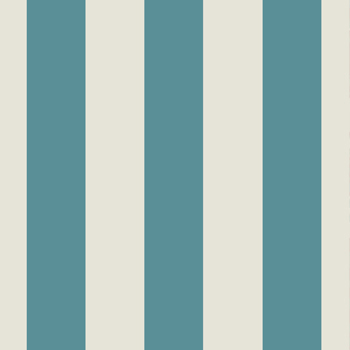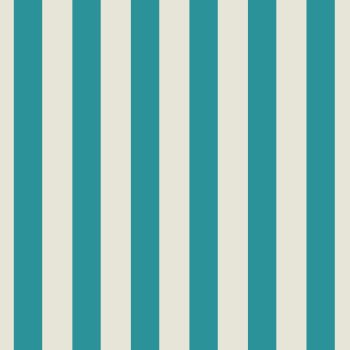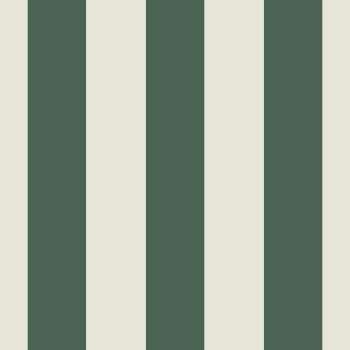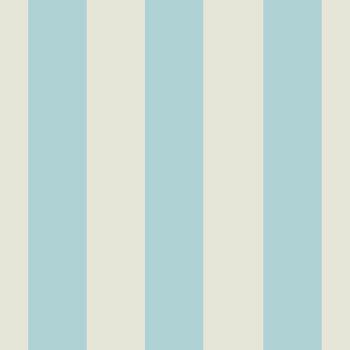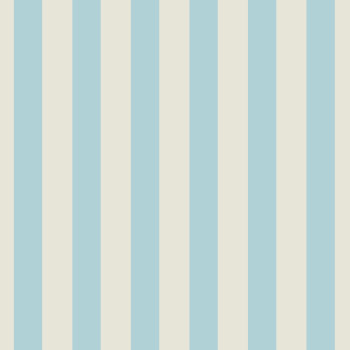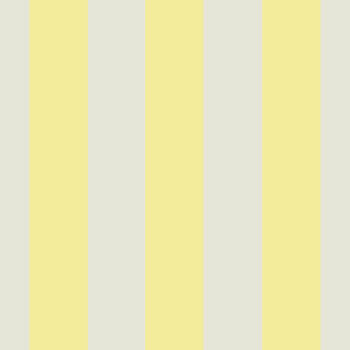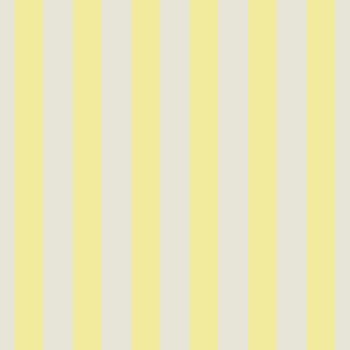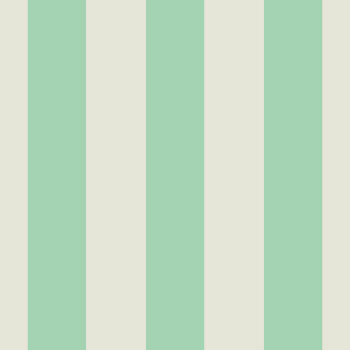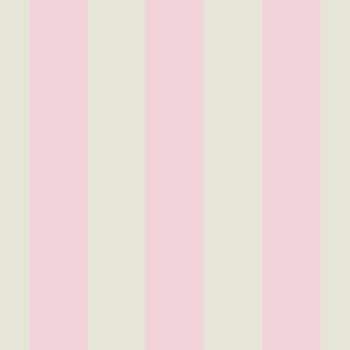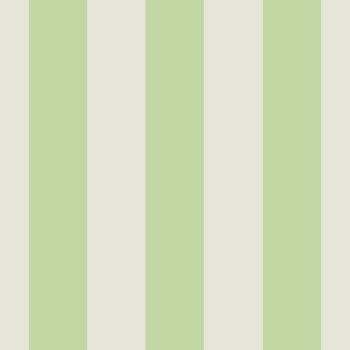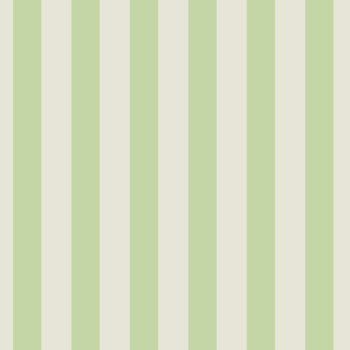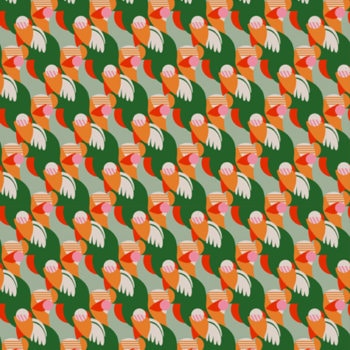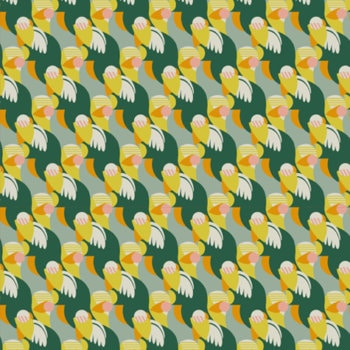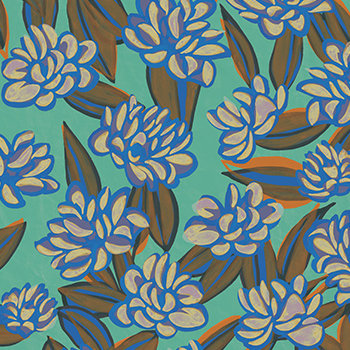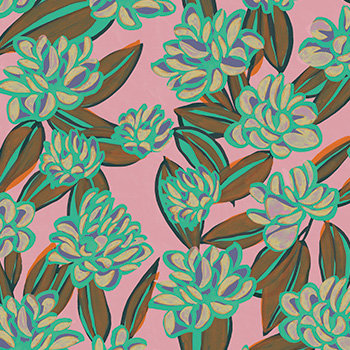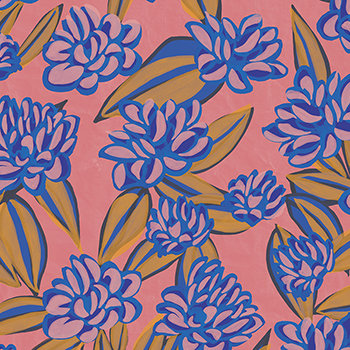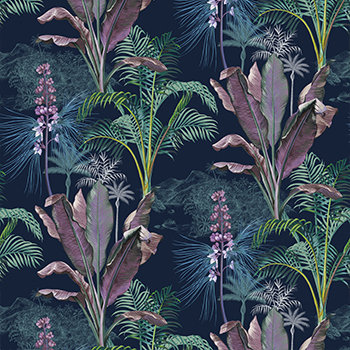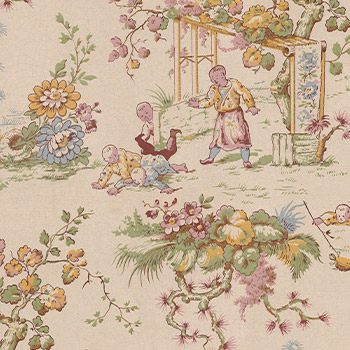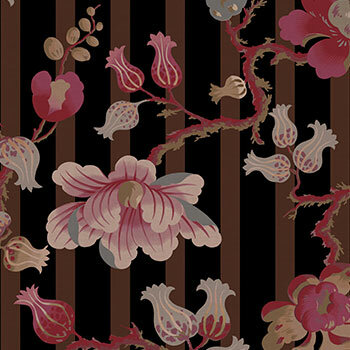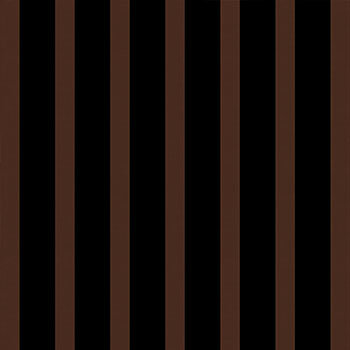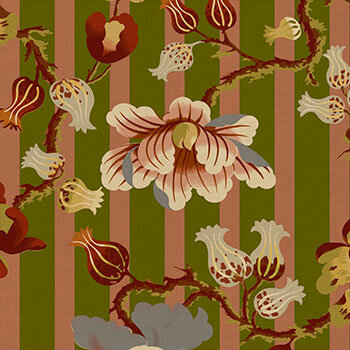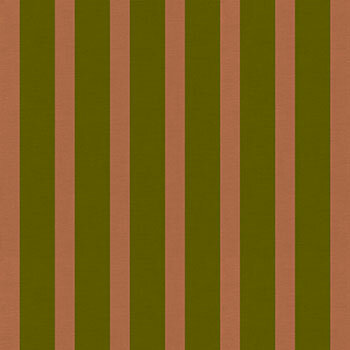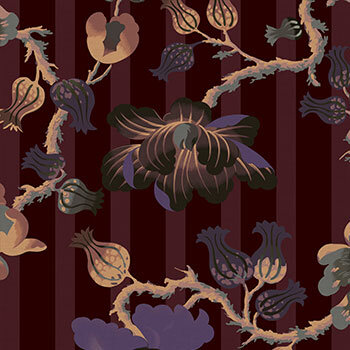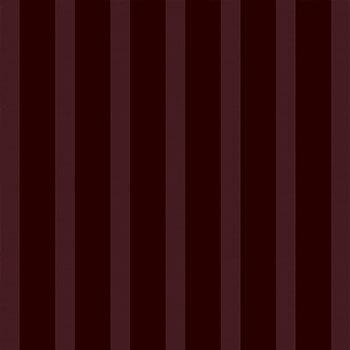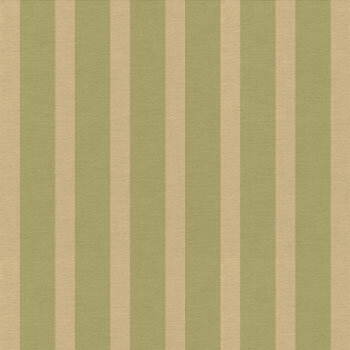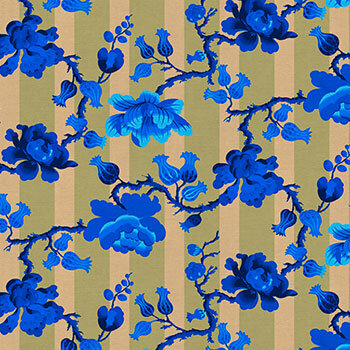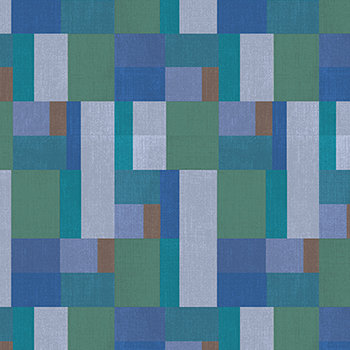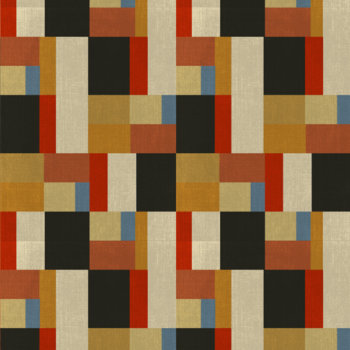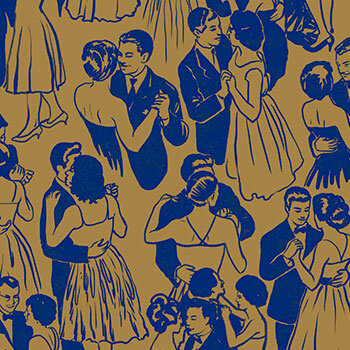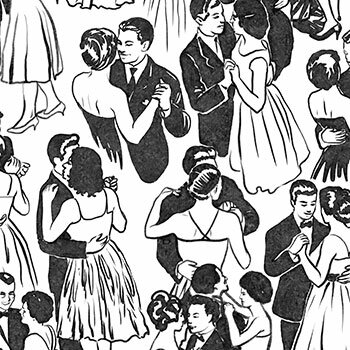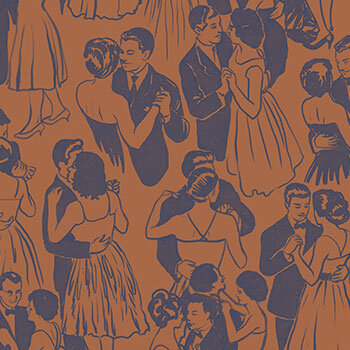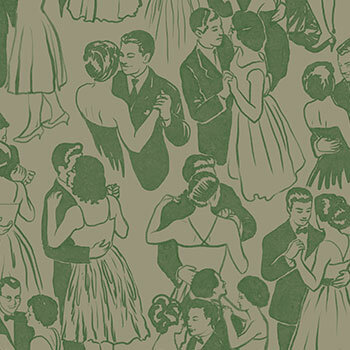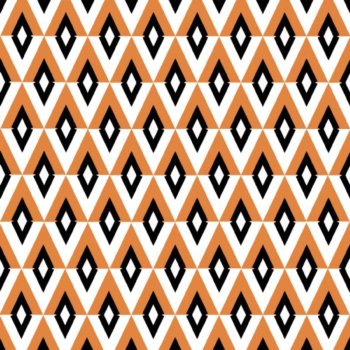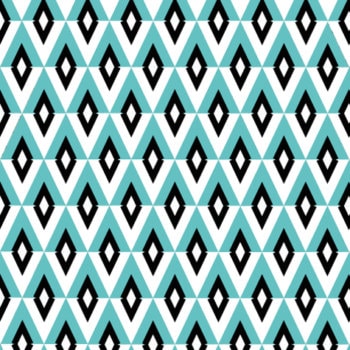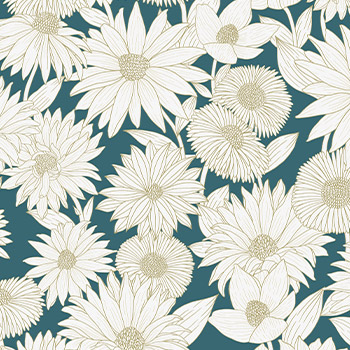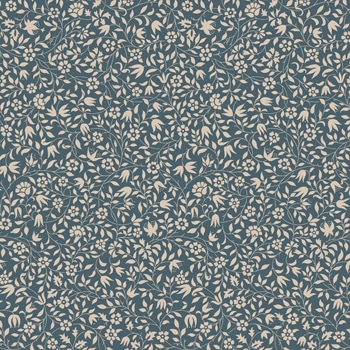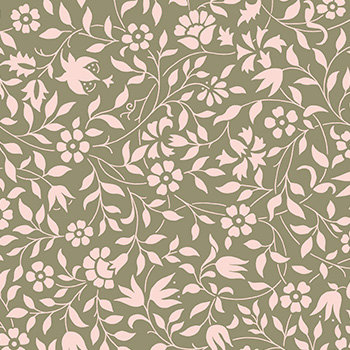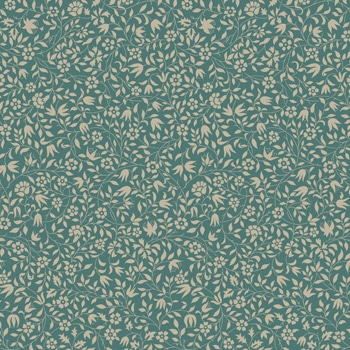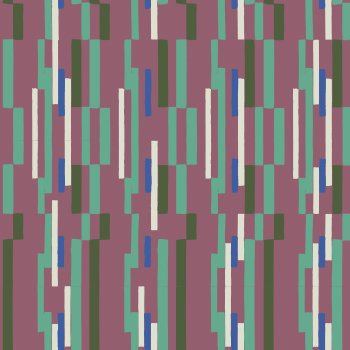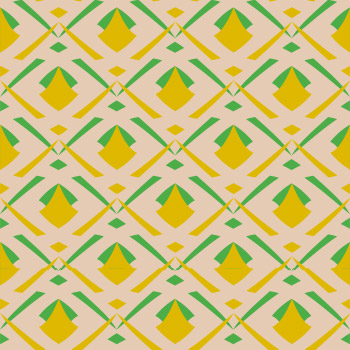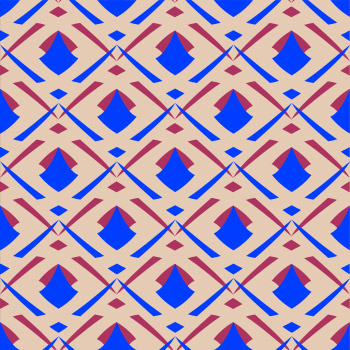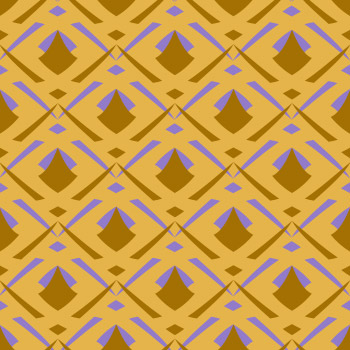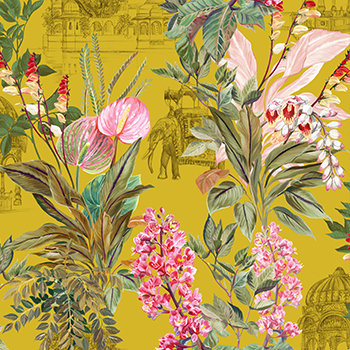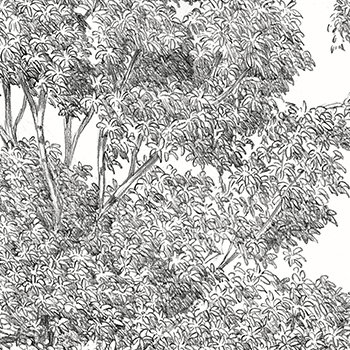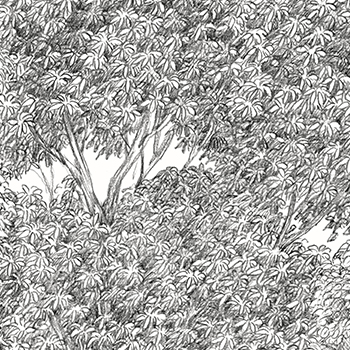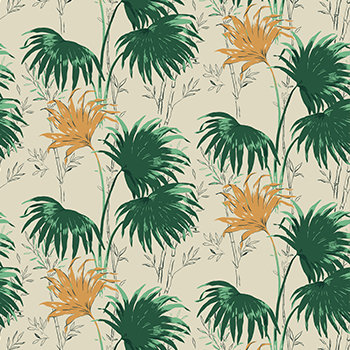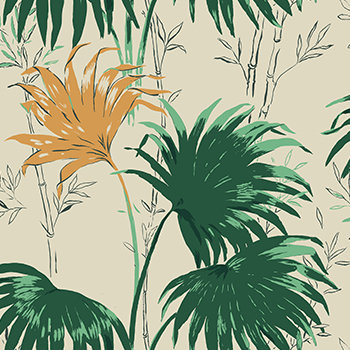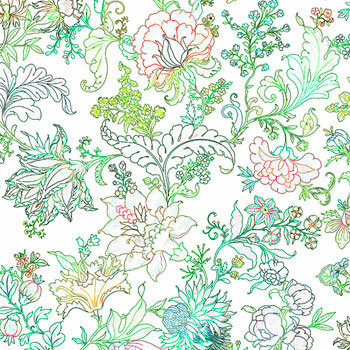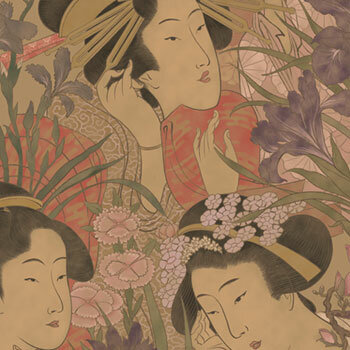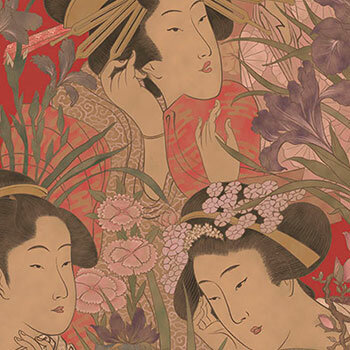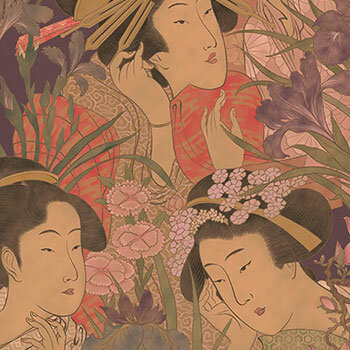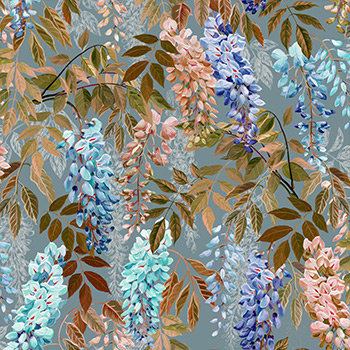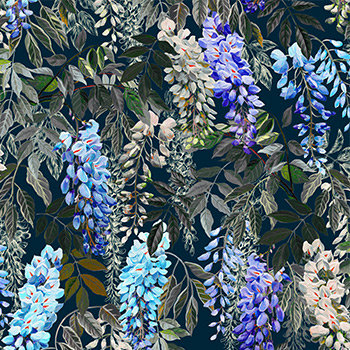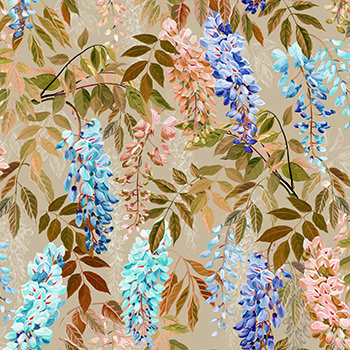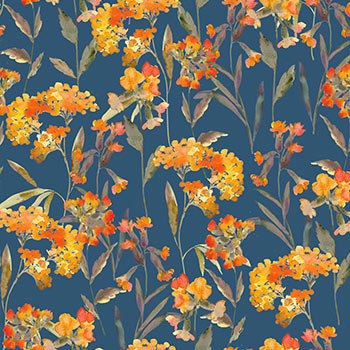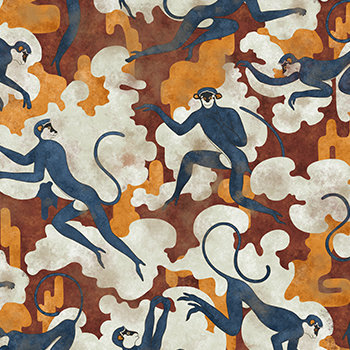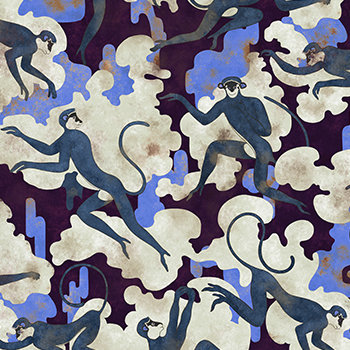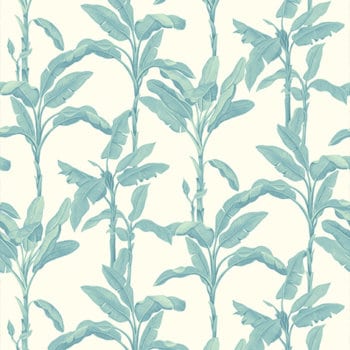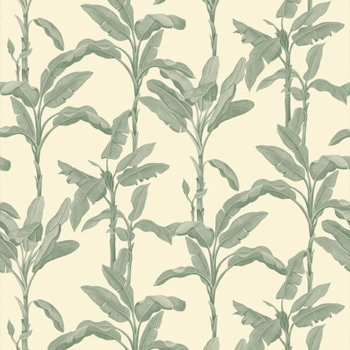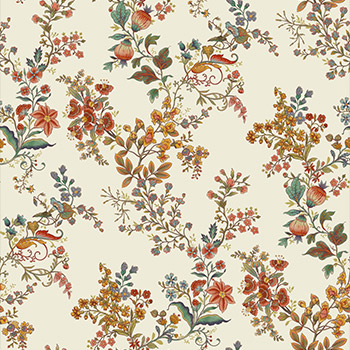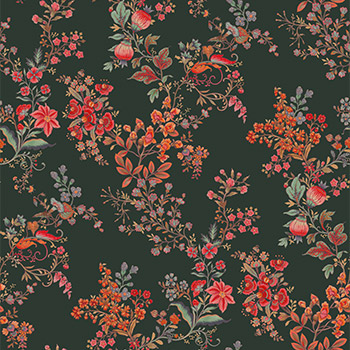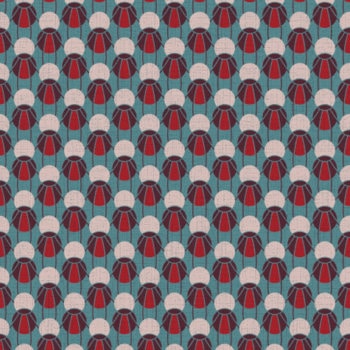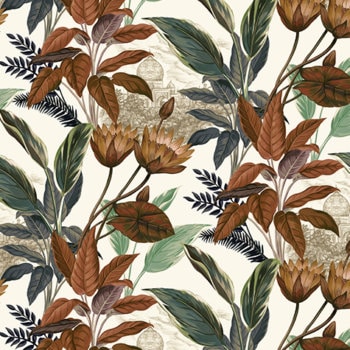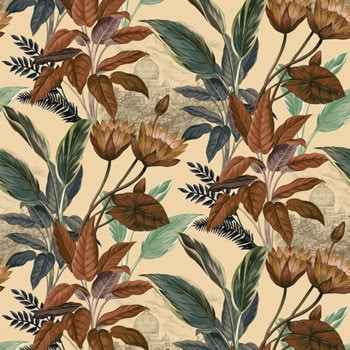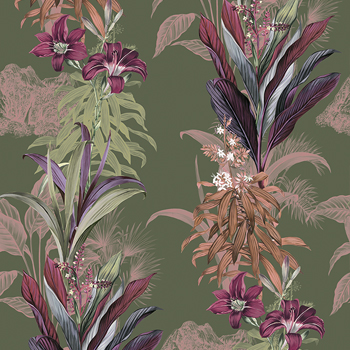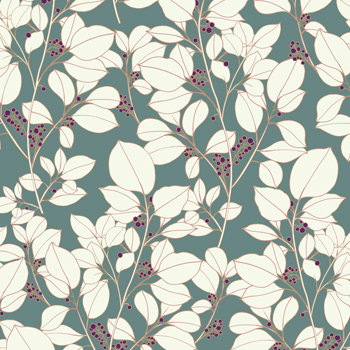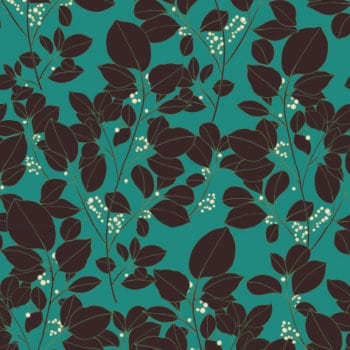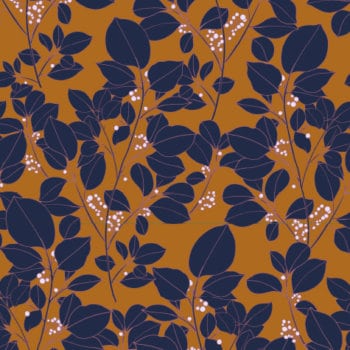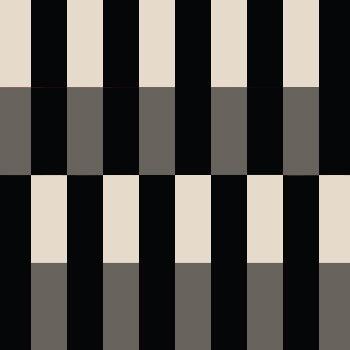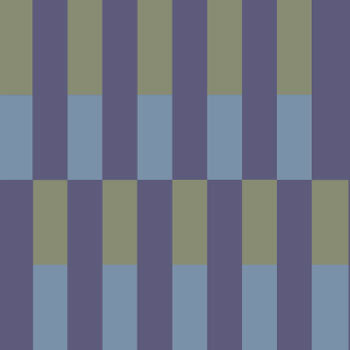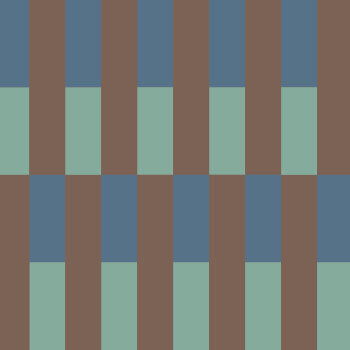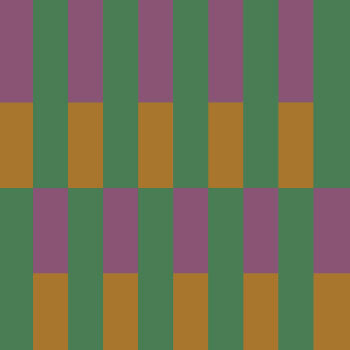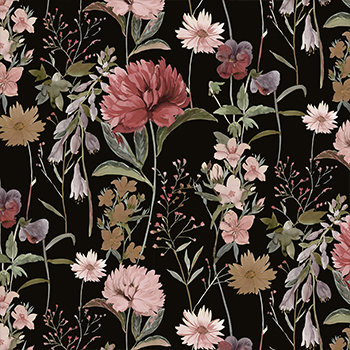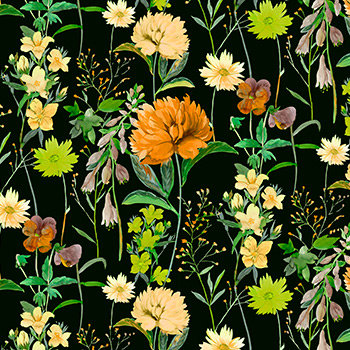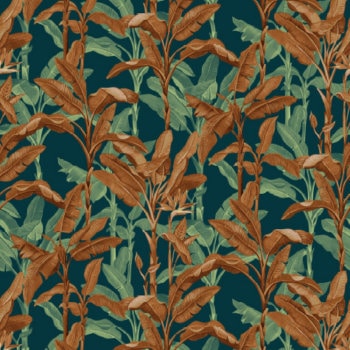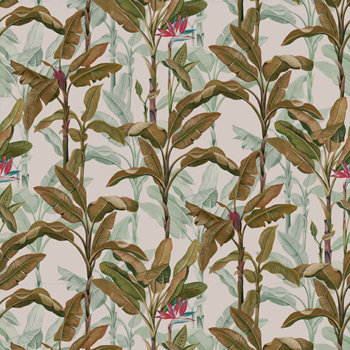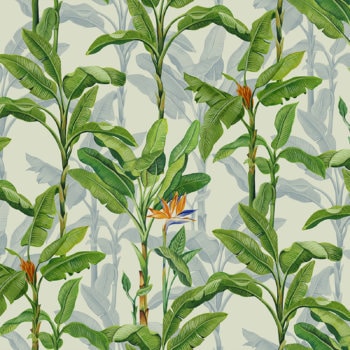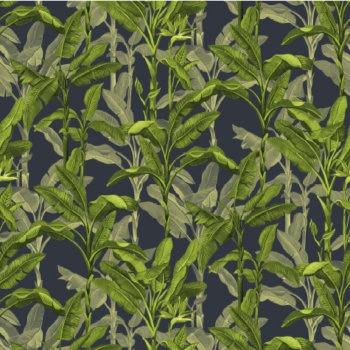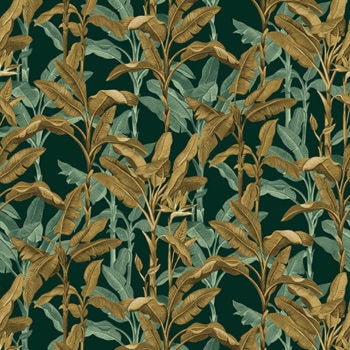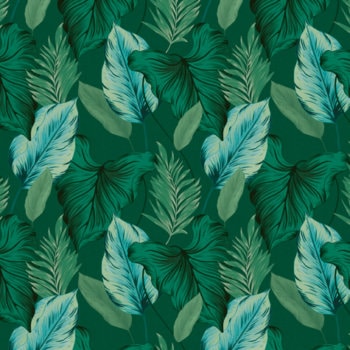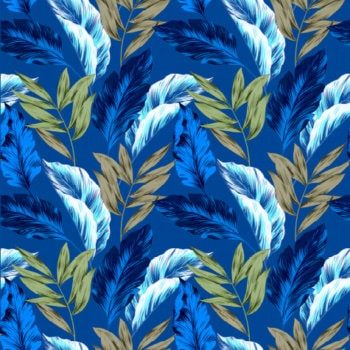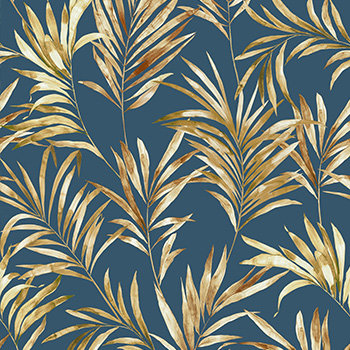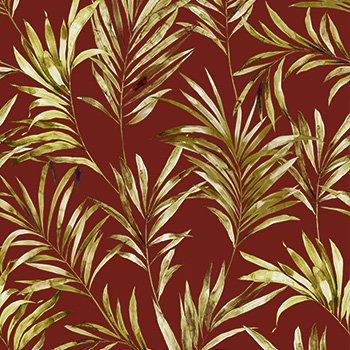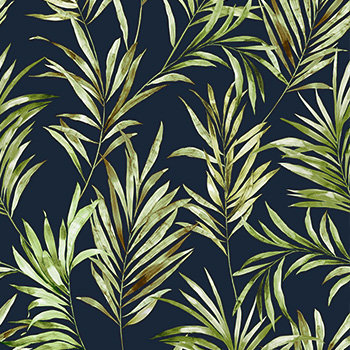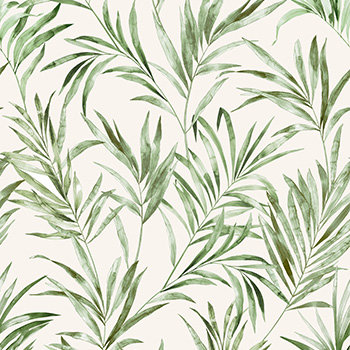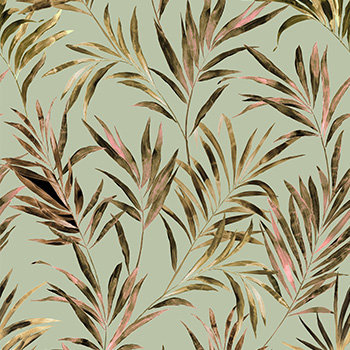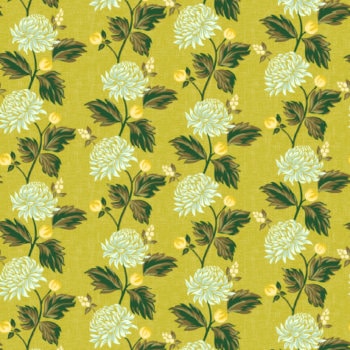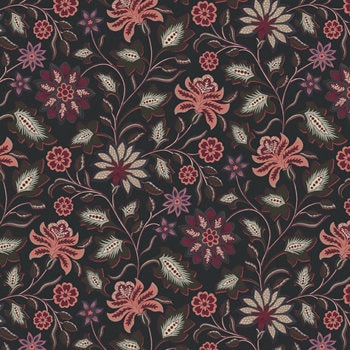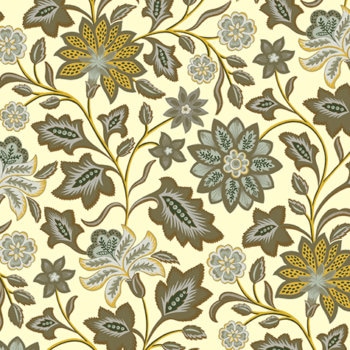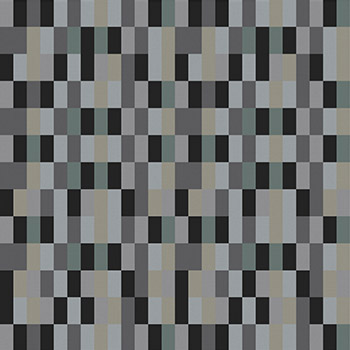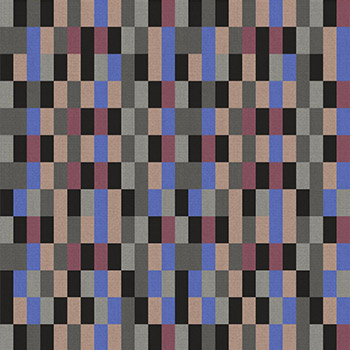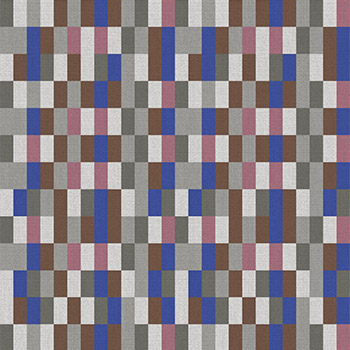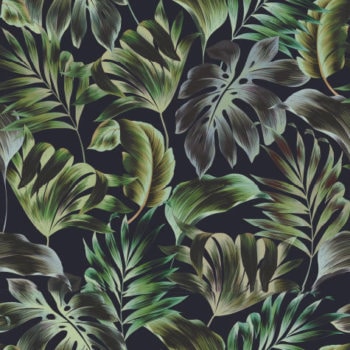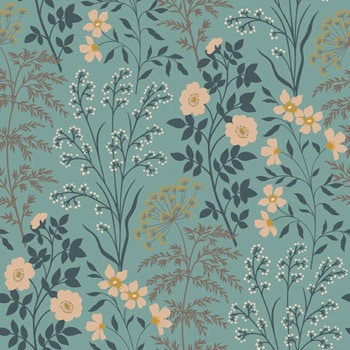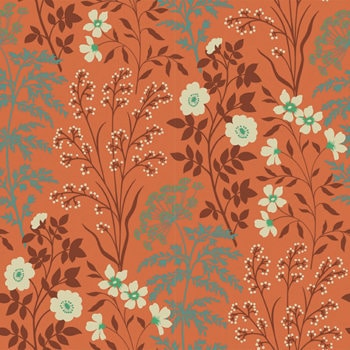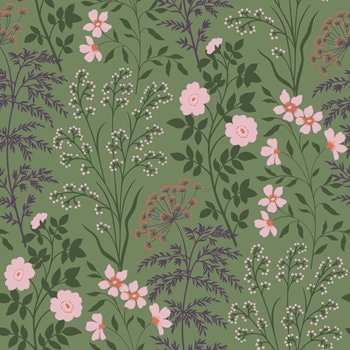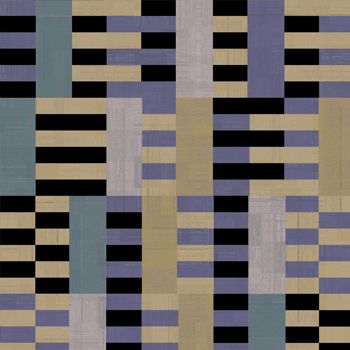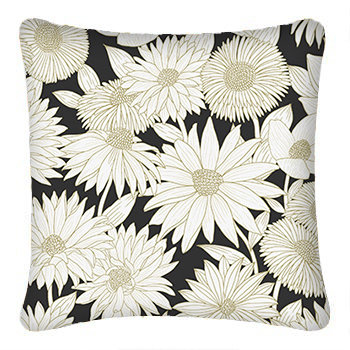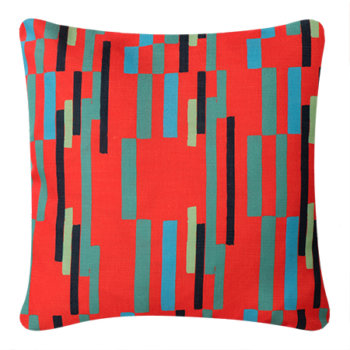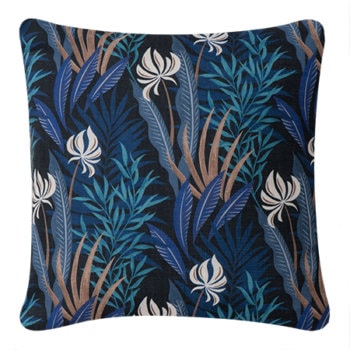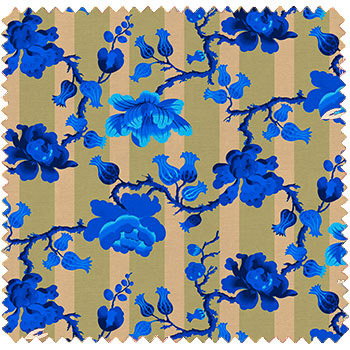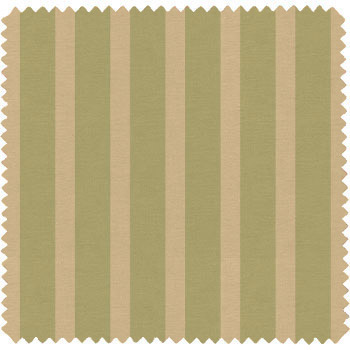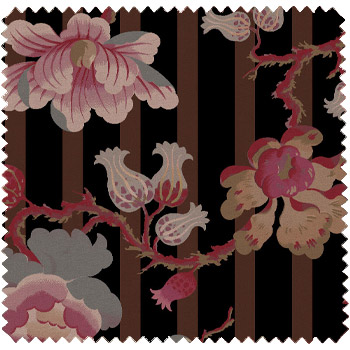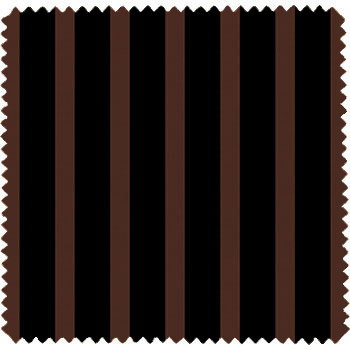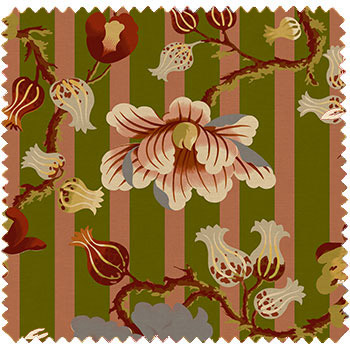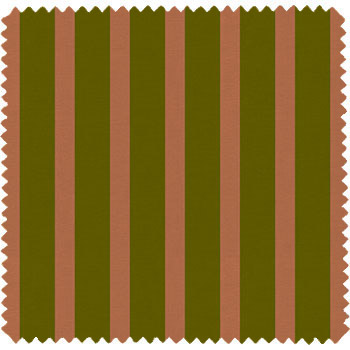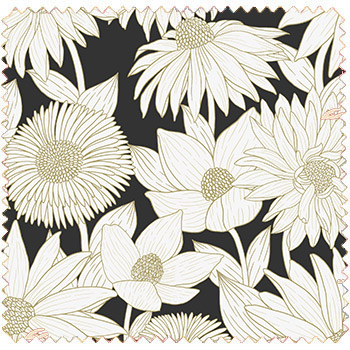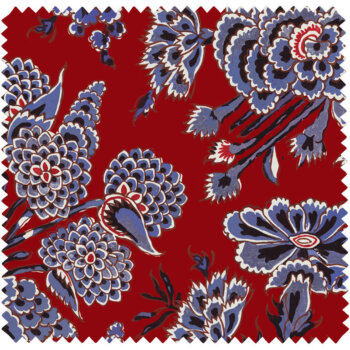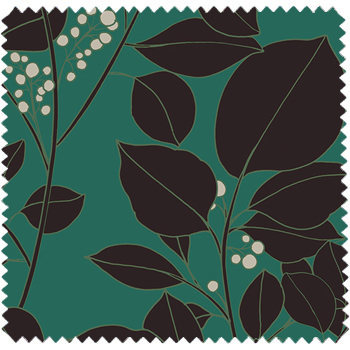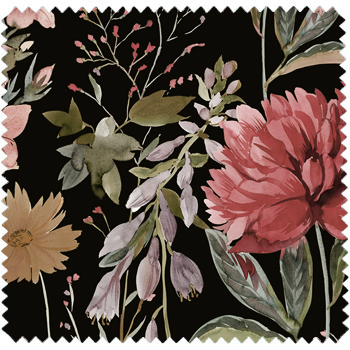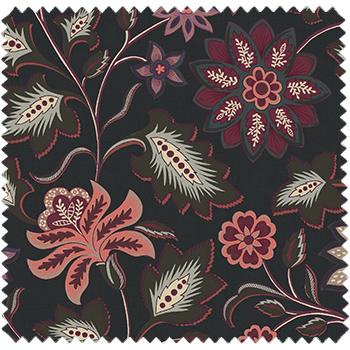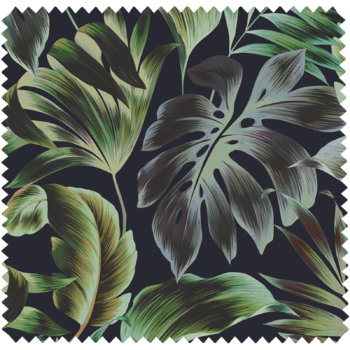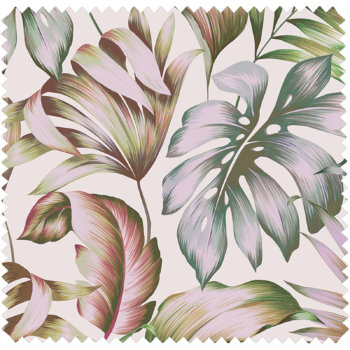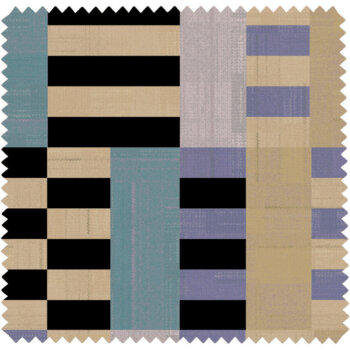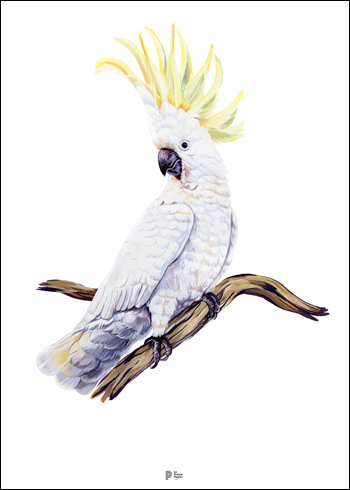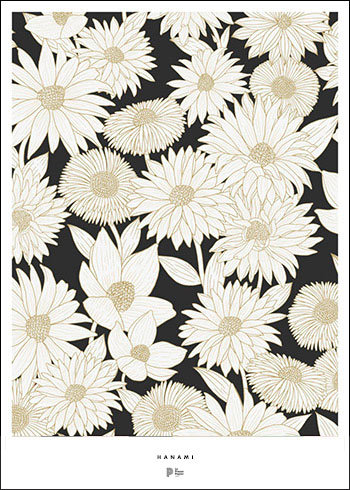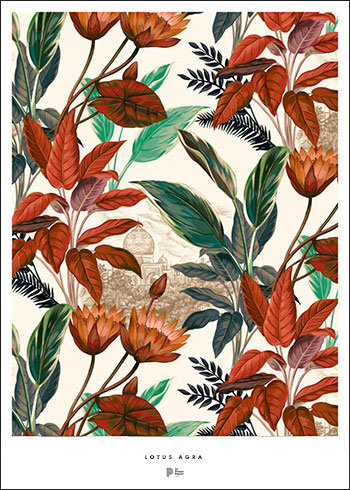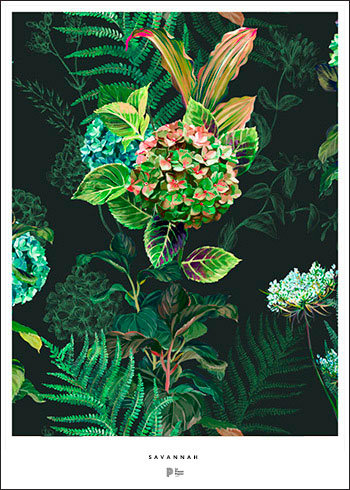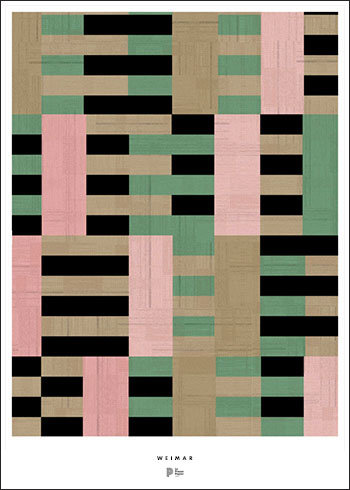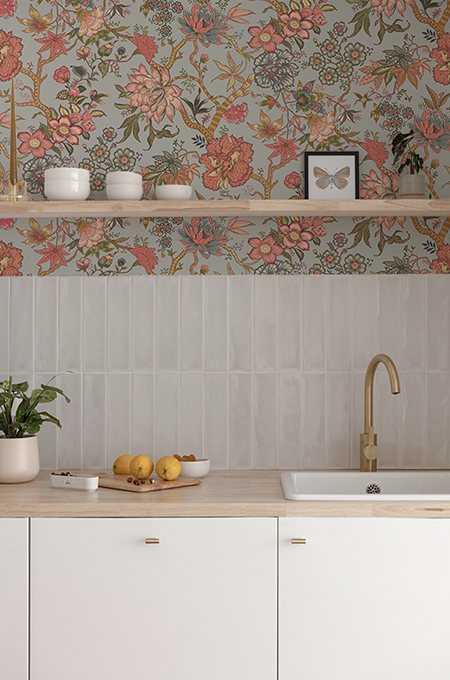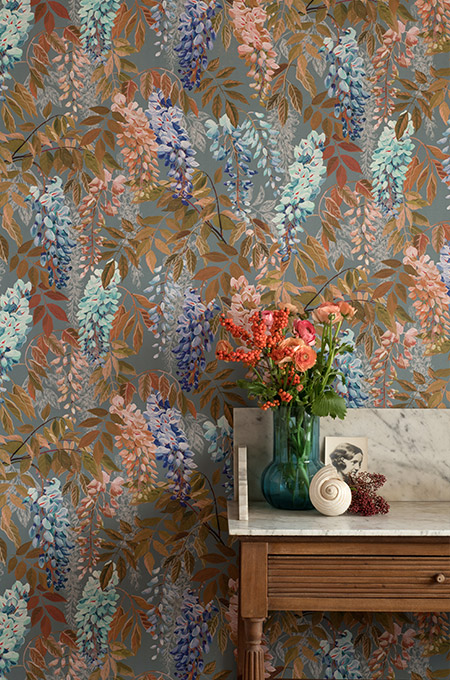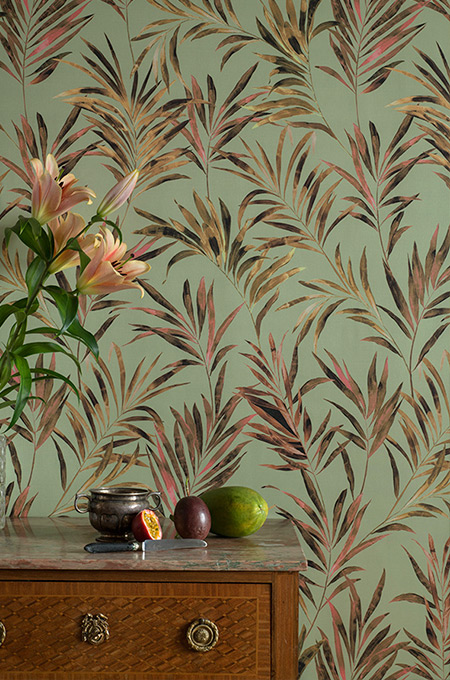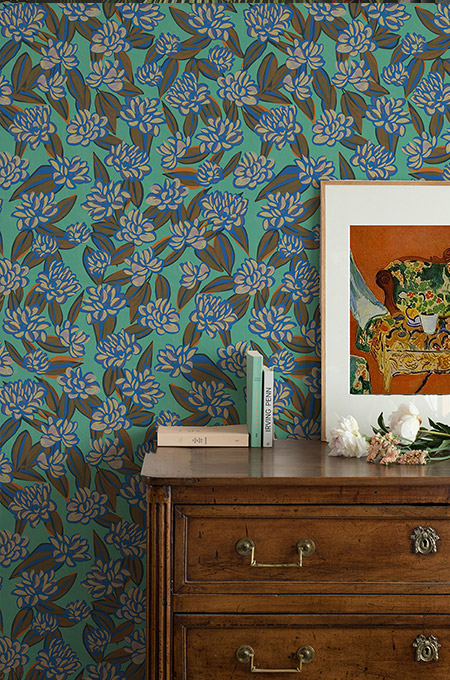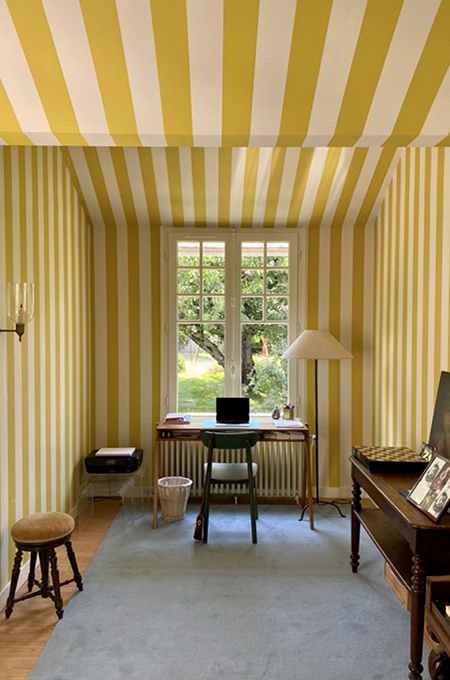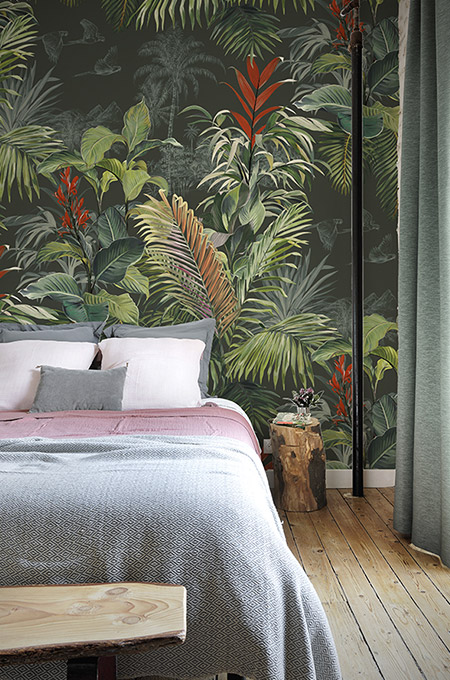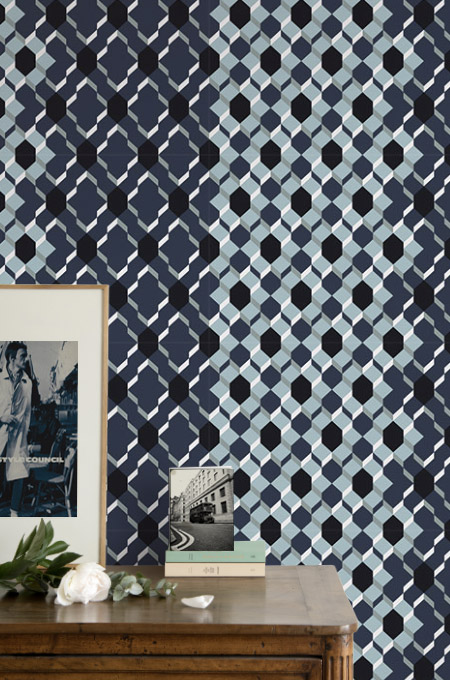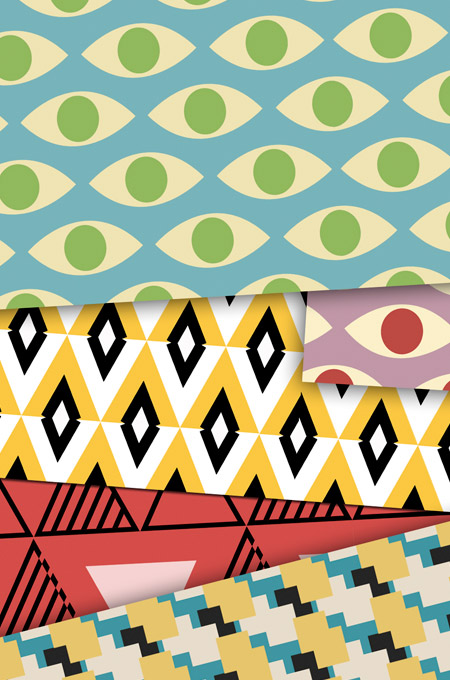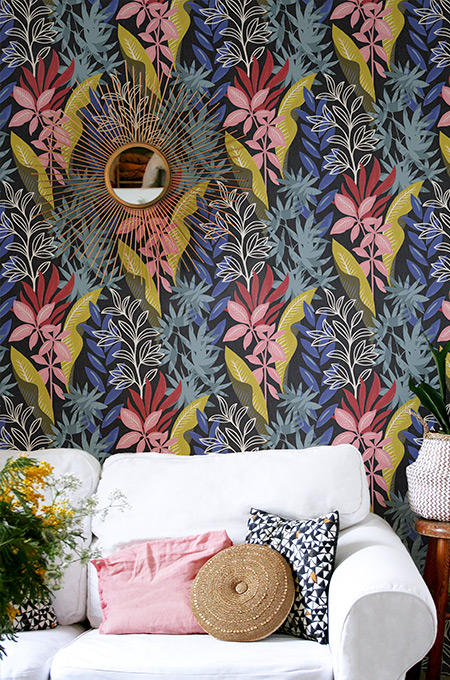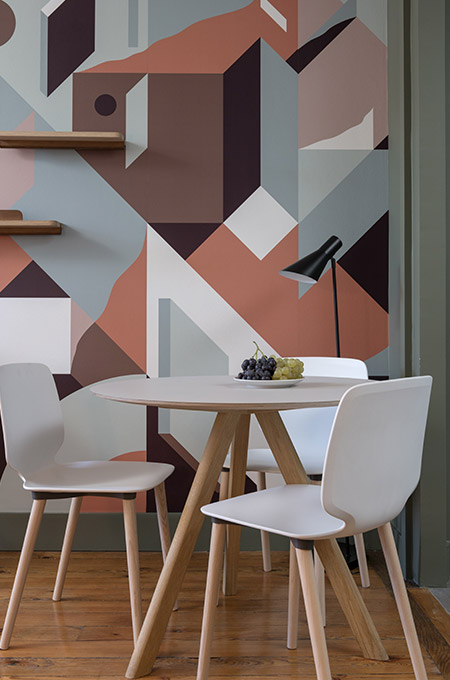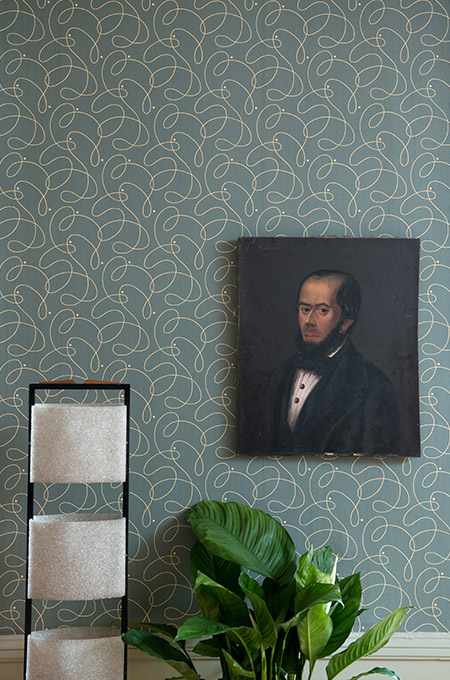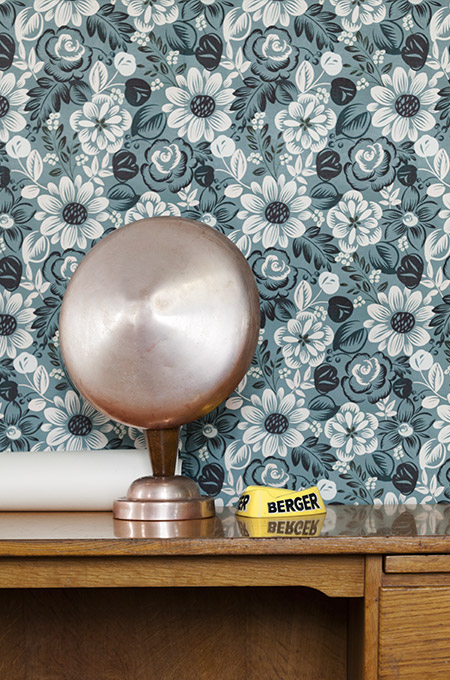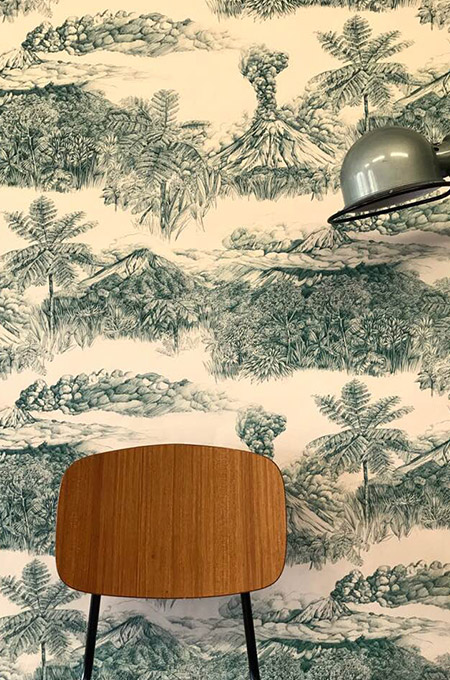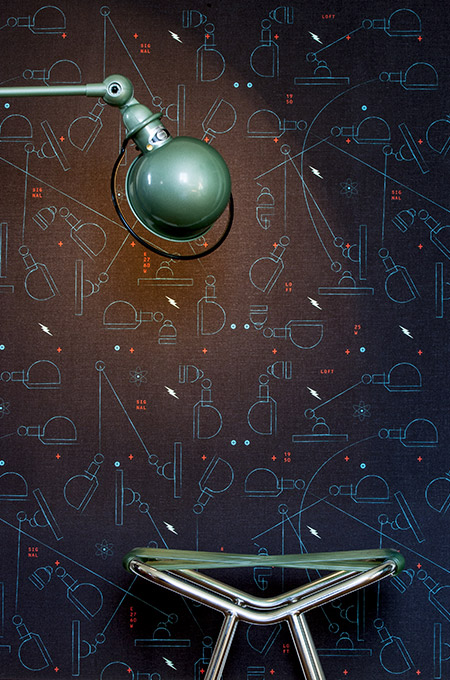1930s Textile & Wallpaper
“Wallpaper made it possible to see clearly, to repudiate these dishonest games and to open all doors to the great splendors of polychromy, dispenser of spaces, classifier of essential things and accessory things”, Le Corbusier
Design and architecture experienced a period of great creativity in the 1930s. The development of new materials such as metal or glass and industrial manufacturing processes make it possible to produce everyday objects on a large scale in a refined style identical as the one in architecture praised by the International Style.
In France, La Villa Savoye created by Le Corbusier is an example of the diffusion of this trend. It also marks the importance, for architects and designers of that time, of color in the design of housing and the construction of space. The influence of Piet Mondrian and the De Stijl group is prevalent : in search of harmony and total art, these artists will set up a system combining grids, straight and pure lines, lively colors laid in flat areas.
Le Corbusier will therefore, in the tradition of Dutch artists, seek to establish balanced and harmonious constructions and design, in collaboration with the Salubra house, color keyboards so that a chromatic atmosphere can be chose.
Architecture will offer decorative artists large surfaces to be able to define space through mural art. Art Deco has a special place in the return of classical rigor and in the desire for purity also adopted by wallpaper design : it will be expressed through the geometry of patterns such as chevrons, triangles, arcs or spirals , reinterpretation of floral motifs, palm leaves, ferns, tulips and animal motifs, particularly birds.
Cushions
Our original 1930s-inspired wallpapers
A selection of wallpapers freely inspired by the decorative arts and graphic trends of the 1930s. A period very rich in artistic creation, the 1930s were particularly marked by the Art Deco style. This category of our products revisits several trends in vogue at this time, between more traditional and floral patterns and abstract geometric creations. Some patterns are clearly in a retro-chic trend, while others find a certain modernity by matching current trends.
Art Deco, emblematic style of the 20s and 30s
If Art Deco was baptized as such around 1925, this style has developed gradually since the beginning of the 20th century. Although contemporary with Modernism, Art Deco shares with it geometric shapes and structured designs, but integrates without problem and sometimes to excess, purely decorative aesthetic elements.
A profound trend, Art Deco is available in a very large number of areas: Architecture, industrial design, graphics, furniture, graphic design, textiles and of course wallpaper. Some very simple motifs are emblematic of this movement: The fan, the chevrons, and arcs of circles.
Focus on Art Deco, emblematic style of the 1930s
The Art Nouveau movement dominated European decorative arts until the eve of the First World War. Art then invites itself into everyday objects and of course architecture. Entire neighborhoods are built in a style that gives pride of place to curves, plant motifs and busy facades. Riga, Barcelona and Brussels are notably representative of major European centers forming a veritable Art Nouveau route.
It is in this context that artists attempt to rediscover a simple aesthetic, moving away from undulating shapes and busy compositions . We find clean lines, symmetrical sets, right angles and regular semi-circles. This is the birth of Art Deco, a style whose boundaries are sometimes blurred, at the crossroads of modernism, Bauhaus and Art Nouveau.
In France, the movement found its place in particular during the reconstruction of regions affected by the First World War: In Reims or Saint-Quentin for example, we can see its architectural richness in large-scale urban complexes. Further from the territories under reconstruction, we can also cite the example of Villeurbanne and its skyscrapers inspired by American trends of the time, including the Empire State Building, symbol of Art Deco architecture.
The style is displayed on the facades, the furniture but also in the graphic art of the period. Advertising in particular makes massive use of simple, clean lines to attract the eye and create striking visual effects. With the rise of transport, Cassandre , one of the emblematic graphic designers of the time, created many very typical posters. In painting, Tamara de Lempicka embodies movement with her portraits in bright colors, smoothed shadows and very tight framing. All these graphic developments have made Art Deco a style apart, occupying an essential place in the history of design and graphic arts. Every year, numerous exhibitions, books and films focus on the movement that marked the 1920s, the 1930s and even beyond!
Indeed, in recent years we have seen a return to the style, driven in particular by the films The Magnificent Gatbsy or The Artist. On the home side, Art Deco asserts itself today by combining metal and geometric shapes (suspensions, designer furniture, but also glass roofs and ironwork), and of course through its graphic patterns found on French wallpapers and furnishing textiles.
